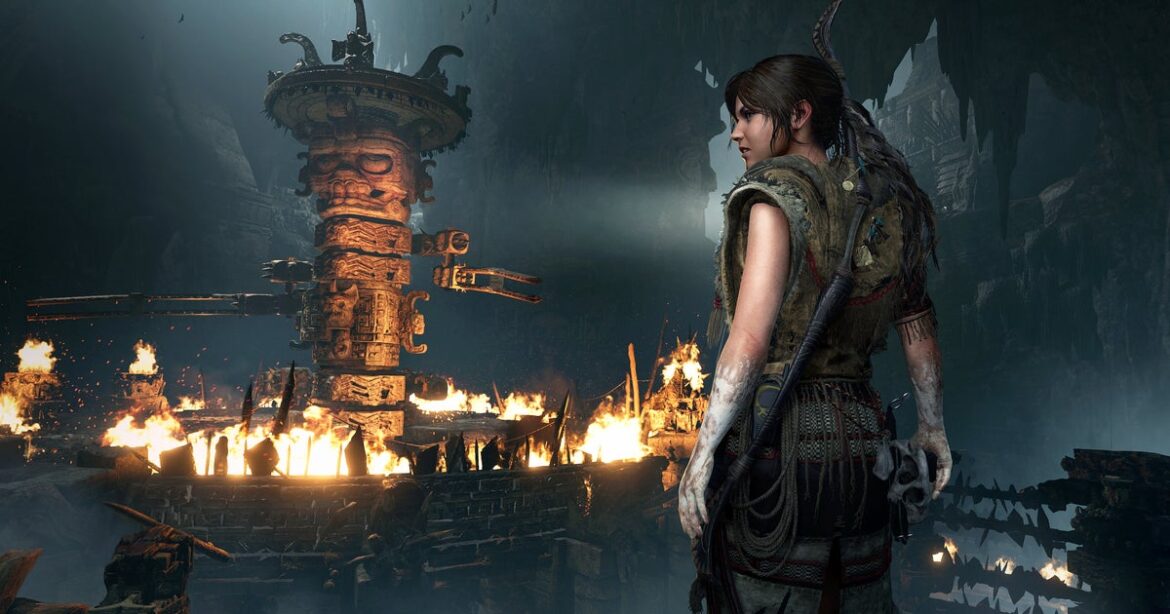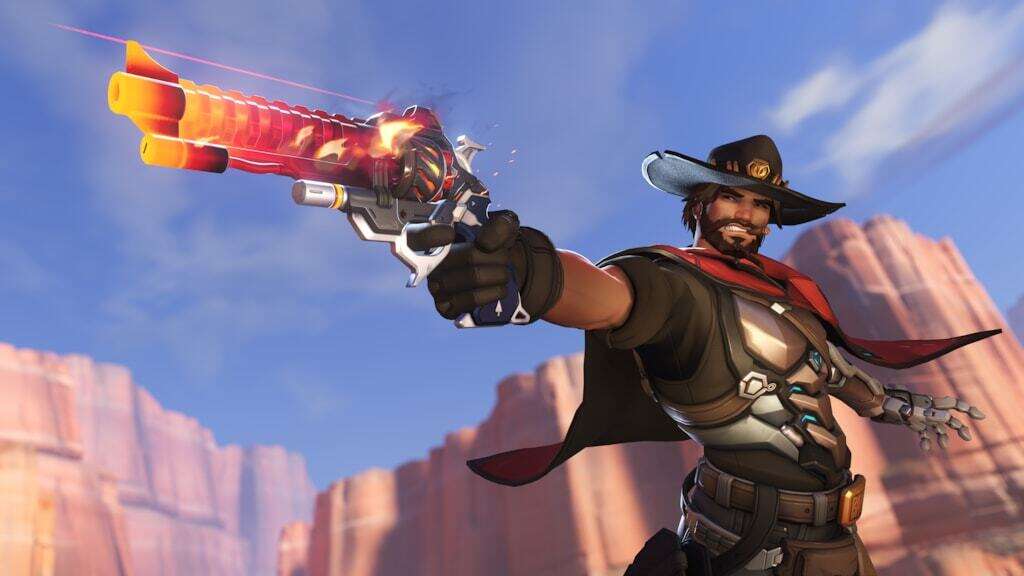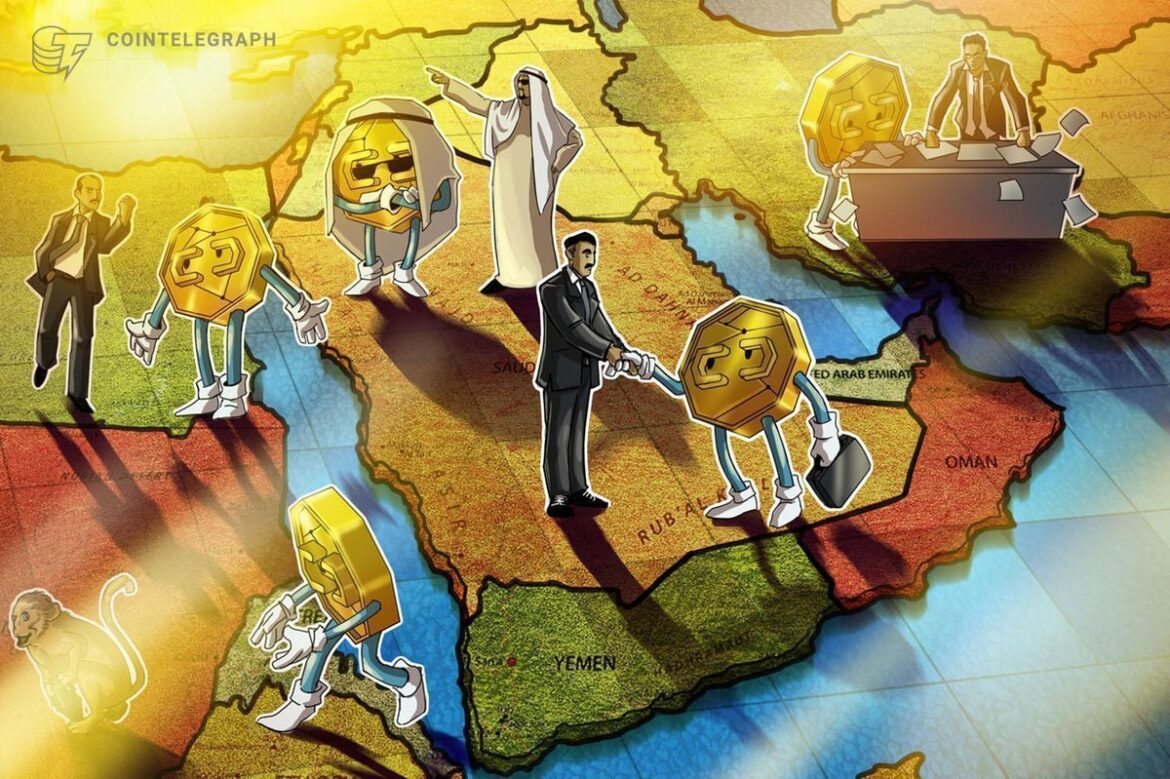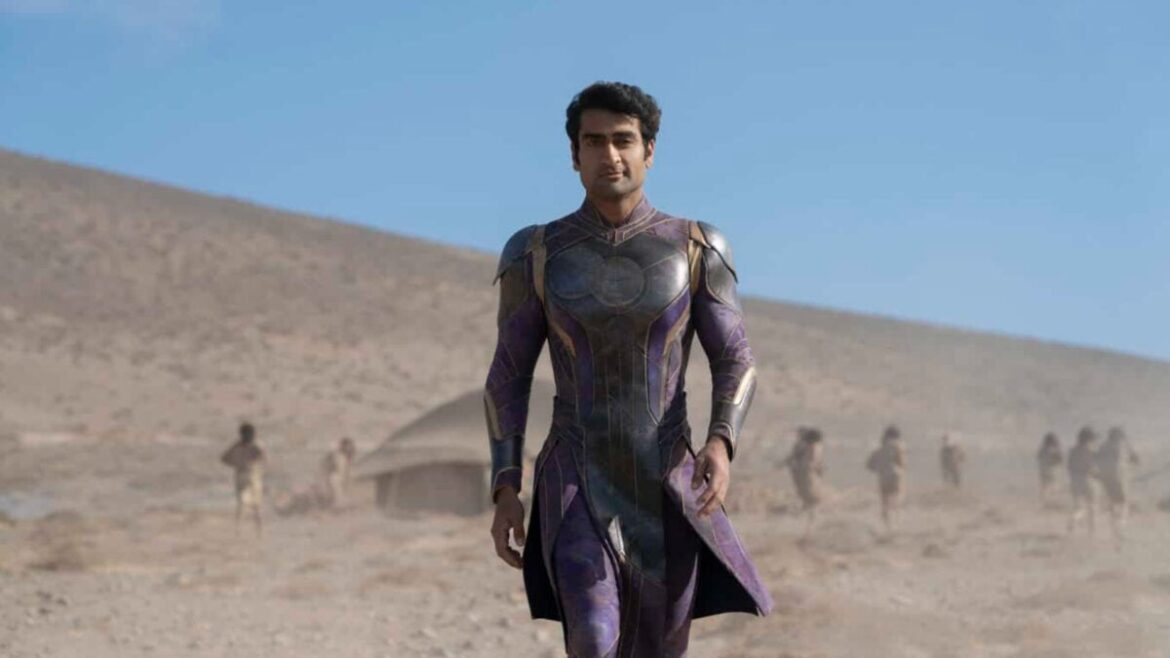Disclosure: The views and opinions expressed here belong solely to the author and do not represent the views and opinions of crypto.news’ editorial.
AI could be the latest technology to create a surplus of resources that allows Western civilization to thrive after a period of decline and stagnation. Society has become a rigid structure controlled by elites who try to control the system to maintain their privileged status, only to exacerbate the inequalities.
Summary
- Centralization breeds stagnation: Financial elites, monopolies, and militarized corporatism have fueled inequality, wars, and societal decay since the 20th century.
- AI as renewal: If decentralized, AI could trigger a new Renaissance—expanding access to knowledge, empowering startups, and redistributing resources globally.
- AI as a threat: Concentration of AI in tech monopolies or authoritarian states risks deeper inequality, surveillance, and even totalitarian control.
- The choice is clear: Humanity must resist monopolistic capitalism, enforce ethics and antitrust, and prevent AI from being a weapon of propaganda or war.
- Path forward: Open-source and decentralized AI — built on blockchain, edge computing, and distributed networks — offers the best shot at inclusive growth and societal renewal.
The centralization of society under a system of financial elites has resulted in slowed growth, resource hoarding, and societal friction, causing wars, class conflicts, and mass irrationality.
Western civilization seems to be stuck in a conflict that only seems to be getting worse. This trend perhaps dates back as far as World War I. Corporatism, the military-industrial complex, monopolistic capitalism, and global tensions are symptoms of this centralization and stagnation.
Perhaps AI is a technology that could help renew expansion, but to do so, it will have to not worsen the existing inequality. To do so, AI will have to be decentralized away from tech behemoths, and it will have to have a decentralizing effect on society’s resource distribution.
AI could be a positive new mechanism for expansion, which fosters growth. And while this new technology could decentralize power, it could also centralize power, leading to increased stagnation and conflict.
AI’s decentralizing promise: A new Renaissance
AI democratizes knowledge and could help Western civilization enter a new Renaissance period. The question is: Does AI ultimately centralize or decentralize power? If it empowers individuals, small entities, and diverse groups, it would reduce barriers for those lacking resources and usher in an era of creativity, allowing, for instance, startup entrepreneurs to compete with Silicon Valley.
Large Language Models are a new way of doing things, allowing anyone with internet access to create ideas, code, create art, or analyze that which once required intensive resources. Surplus computational power is being used to innovate and grow collective knowledge, as well as increase economic output. These open-source AI frameworks are beginning to empower startups in developing countries to compete with giants, leading to the expansion of geographical and economic frontiers.
And although much of the discussion revolves around the fear of an AI dystopia, AI could instead redistribute power away from centers of power, like Silicon Valley and governments, to benefit other areas of society.
This advent could lead to the growth of innovative sectors and increase employment, reduce inequality with personalized education and healthcare, and increase entrepreneurial activity.
The centralizing threat: Power in the hands of a few
On the other hand, AI could increasingly centralize power in existing systems. It is currently controlled by tech monopolies or authoritarian governments, such as the CCP in China, which, if not tempered, would not help society. Innovation would stall, inequalities would get worse, and tensions would lead to widespread war. If tech monopolies hoard the best of AI innovation for themselves, such as more powerful models than are available to the public, the same result would come to pass.
The question begs itself: Will vested interests resist open AI innovation? Will they continue down the path of monopolistic capitalism, or will they foster free markets? If they choose monopoly capitalism over decentralization of free markets, then the result will be worsened class struggles, mass unemployment, and an even greater gap between the elite and the working class. Our age of irrationality will continue, as will social unrest — a continuation of what we’re seeing today.
AI could be used as a tool of propaganda, the likes of which the world has never seen before. It could be used as a tool of ubiquitous surveillance, predictive policing, and control of information. AI could give the state-enterprise even more power than it had before. It could create a one-world government in which a totalitarian state unifies the world under its boot, while eradicating diversity. Further moral decline would ensue — stagnation, conflict, and later, war.
Autonomous weapons and cyber warfare would be unleashed on the world. Proxy conflicts and economic blockades would be managed by machine overlords, who show no mercy. The digital divide would be insurmountable.
This does not have to be humanity’s fate. Humans have free will to influence the future of AI. Ethics frameworks and antitrust measures could be used as tools against centralization and AI dystopia, safeguarding the future of decentralization and renewal. Rather than being complacent, we must foster the decentralization of this powerful technology, emphasizing privacy, robustness, and access, as well as distributed AI resources and processing.
Perhaps, the most direct way to do this is via open-source and decentralized AI networks, such as those employing blockchain technology or edge computing on personal devices. Open-source AI could foster collaboration and help reorganize society into an age of growth, rescuing it from its current path of decay.
The future hangs in the balance.
Manouk Termaaten
Manouk Termaaten is a serial entrepreneur and expert in AI technologies. As the founder and CEO of Vertical Studio AI, Manouk is aiming to make AI accessible for everyone. With a background in engineering and finance, his main goal is to disrupt the AI space with accessible customization tools and affordable computers. In his free time, he enjoys riding Harleys and helping his friends start and scale their businesses using modern-day AI tools and previous start-up experiences.









